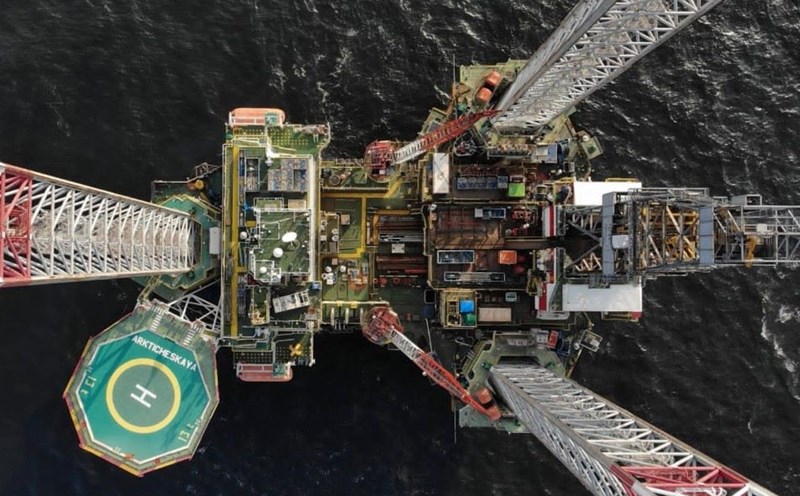On June 8, 2025, a Russian tanker named Voyager, a member of the US and European sanctions list, quietly docked in Japan. This seemingly small, closed-door deal is iconic, revealing the cracks spreading in the Western-led front of sanctions against Russia.
Since 2022, after Russia launched a military campaign in Ukraine, Japan and other G7 countries have unanimously sanctioned Russia, including banning imports of Russian oil.
However, 3 years later, Tokyo quietly "strengthened". The first crude oil barrel imported from Russia - not through an intermediary channel, without disguise - was transported directly by a clearly sanctioned ship.
The receiving port is Taiyo Oil's refining facility in Japan, which confirmed that it has purchased oil from the Russian Far East, Sakhalin Blend - the second resource associated with Sakhalin-1 and Sakhalin-2 gas projects, where Japanese corporations such as Mitsui and Mitsubishi still have shares.
The sanction for oil imports by ship is not only a commercial act. Although the Japanese government has not yet responded officially, diplomats and energy sources see this as a clear sign that Tokyo is resorting to the special cases it has kept after 2022 - terms designed to protect the liquefied natural gas (LNG) supply chain from Russia, but have now been expanded to oil.
The move comes at a time when President Donald Trump raised the possibility of a 50% tariff on Russian oil, showing a shaky consensus in the West.
The G7 still wants to isolate Russia, but the reality of global energy is increasingly complex: Russia is a key member of BRICS, while Asia - from China, India to Japan - still depends on cheap supply.
If Japan, one of the most industrial powers and allies of the US, has broken the fence, it is not ruled out that other Asian countries will follow.
On the global energy chessboard, all exceptions can become a precedent. And if Russian oil flows begin to seep into the Asian market legally or sell legally, the front of Russia's isolation will no longer be intact.










